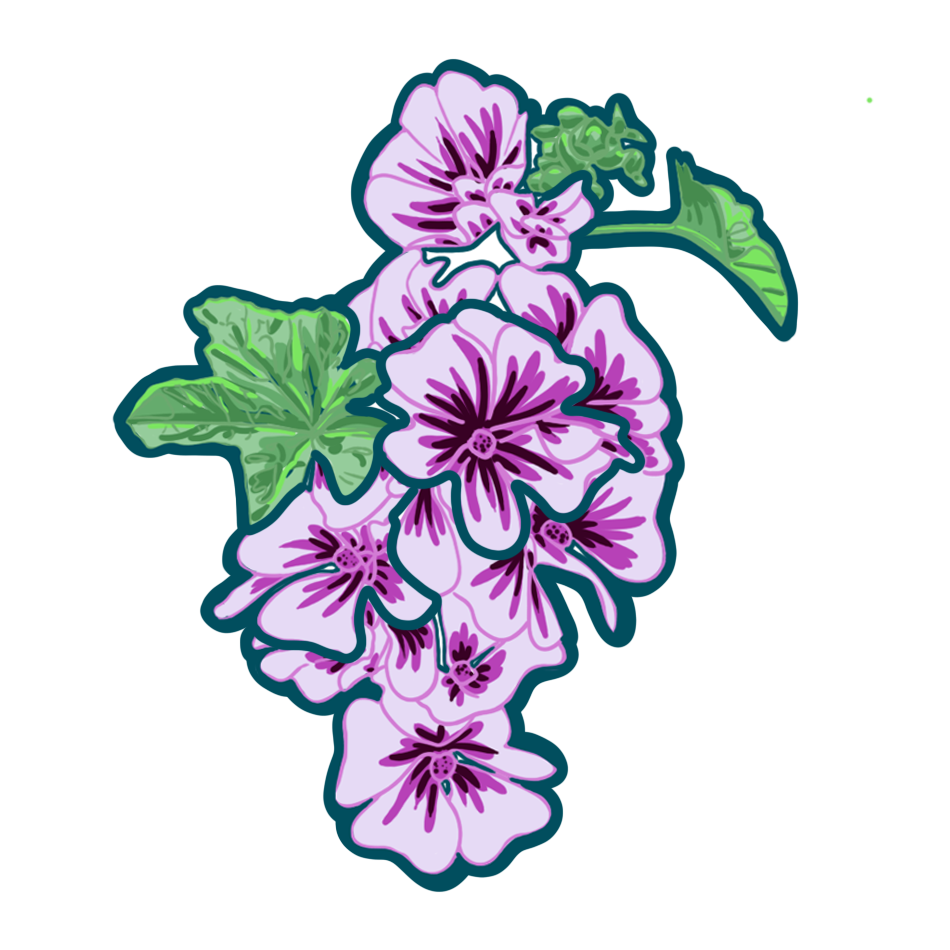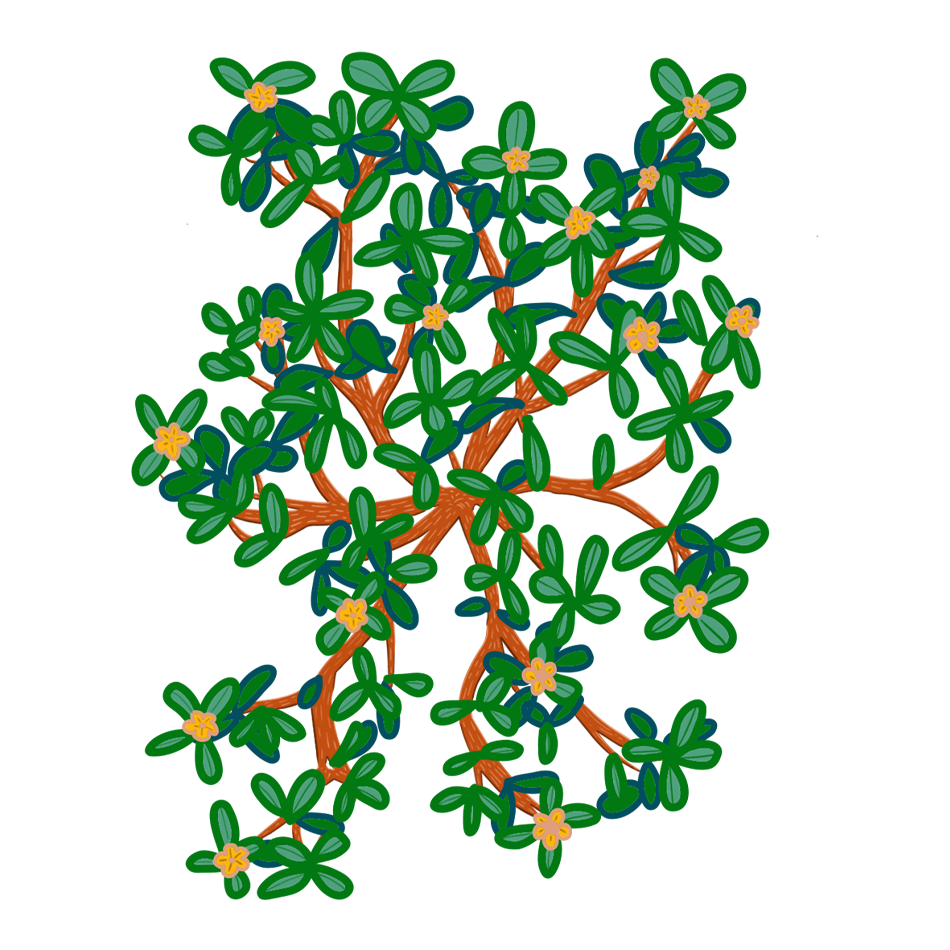Title of Tip: Foraging for Food
Name: Randall Burger, 59
Description: After becoming a felon, I lost the right to own firearms and could no longer hunt for sustenance. Consequently, I could not provide food for my family in emergencies. The lack of food has driven me to take actions I regret, like stealing food. It’s sad but true. Stealing food makes you feel awful and degraded. In choosing a better path, I decided to find the food that was available. When resources are limited for making a meal, you can explore your neighborhood and feed yourself by learning just a few things. When you can gather your food and proudly say, “Hey, look what I found. Isn’t this awesome?” it uplifts you and instills a sense of purpose in your day. It restored my role as the provider of the family, lifting me out of my depression when I was sitting there hungry, penniless, and unable to feed my family. It’s disheartening when your children ask, “Hey, Dad, what are we doing for dinner tonight?” and you have no answer because there’s nothing at home. However, gathering your own food fills the void in your heart when your kids ask questions like that.

Instructions: While walking through the forest, take pictures of anything that catches your eye. There are countless plants we can eat every time we go for a walk. Use apps like Eye Naturalist or Google Lens to check if a plant is edible. Further research can be done through Google or Facebook groups. Remember, you must be 100% sure you know what you are about to eat. If you don’t know, don’t eat it.
Purslane: Part of the succulent family, purslane is often spotted between sidewalk cracks. It is a plant with the most omega-3 fatty acids available freely. Unlike its look-alike, which exudes white latex and is inedible, purslane is watery with a thick stem, leathery leaves, and a small yellow flower. It’s excellent in stir fries or can be mixed with ramen noodles.
Mallow: Common mallow, found throughout Ohio, resembles marshmallow but without the marsh habitat. It’s common throughout the United States. Its mucilaginous texture, similar to okra, can be eliminated in cooking. If you catch the flowers right before they open, they taste like Cheez-Its, so as you walk, they are like a little trailside nibble.
Nettle: Found near water like Milk Creek in Cincinnati, nettle can be identified by its stinging hairs. Use gloves until you know how to handle them correctly. Just grab a handful, rinse it, and throw it in a skillet; the water from rinsing is enough to cook it. Then throw a lid on it and come back two minutes later, and it’s done. Like spinach, nettle is great in lasagna or pasta with ricotta cheese.
Grape Leaves: Mulberry grape leaves are commonly found in dishes like Dolmas, which consists of ground meat and rice wrapped in steamed leaves. These are delicious appetizers.
Mulberry: The edible parts of the mulberry tree are important in Chinese medicine. It helps improve eyesight, aids in treating dizziness, and helps with coughs and cold symptoms, among other things. Mulberries, including invasive white mulberries, are found extensively around Camp Washington. They make a refreshing Agua fresca—mulberries mashed with sugar, a touch of vinegar, water, and adjusted for taste. It’s like instant Kool-Aid.
Mushroom: You don’t want to eat all white mushrooms in Ohio. If you find what looks like a grocery store mushroom, stay away from it. The ones that look poisonous sometimes are edible. At first glance, a big orange mushroom with a white or yellow bottom might look poisonous. But it’s one of the better-tasting mushrooms out there. It’s called Chicken of the Woods, Laetiporus Cincinnatus.
Learning: My foraging knowledge grew through social media platforms like Facebook and Reddit. Identifying what to avoid simplifies learning. You never want to take any chances. Putting the wrong thing in your mouth could result in death, upset stomach, or vomiting, among other unpleasant experiences.
Story: One of the biggest hurricanes in South Florida that hit the United States was Hurricane Andrew. It was August 1992. My family and I were living in Florida at the time. As Andrew approached us, people everywhere prepared early, stocking up on groceries. I had to wait for payday, which fell on the day of the storm. By then, the grocery store was empty, a vast warehouse with just a case or two of tuna left. A drive-thru was still open, providing soda, beer, and chips—hardly adequate for a hurricane. By the grace of God, the storm took a 180° turn at the last minute, sparing us from its full fury. It shifted to the East Coast, leaving us mostly untouched but impacted the food supply. The day after Hurricane Andrew diverted, it was a relief when the sun came out and the immediate threat had passed, but the challenge of finding food remained. We had no electricity, which meant no refrigeration, a real problem given the tropical climate. We could gather fruit from nearby trees. The fishing wasn’t good, but we brought home something to help us get through. Every day was like this: hit the pavement again, look around, and see what’s around you. I learned the value of local knowledge and self-sufficiency. We had to improvise to cook our food; the storm had blown away our grill, so I made a makeshift grill with bricks and an oven rack. The fish we could catch was mullet, which isn’t the best tasting; it’s oily and bloody. Most people don’t eat it. But I had to make do with what we had. I learned to smoke the fish, which made it taste better and preserved it longer, a valuable skill when you lack refrigeration.
